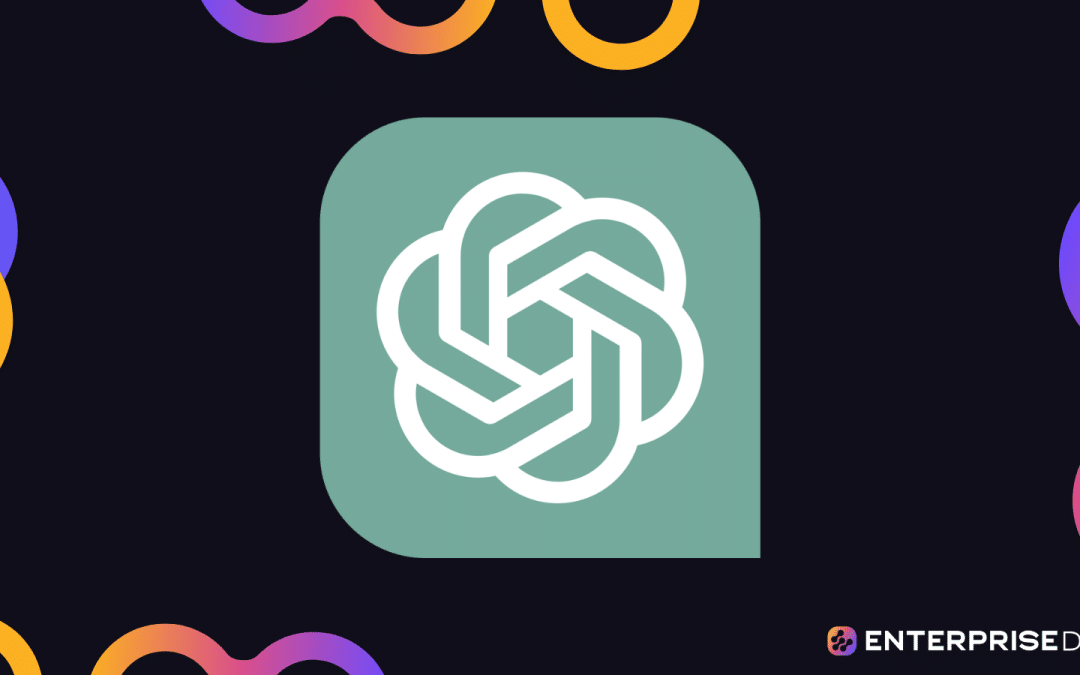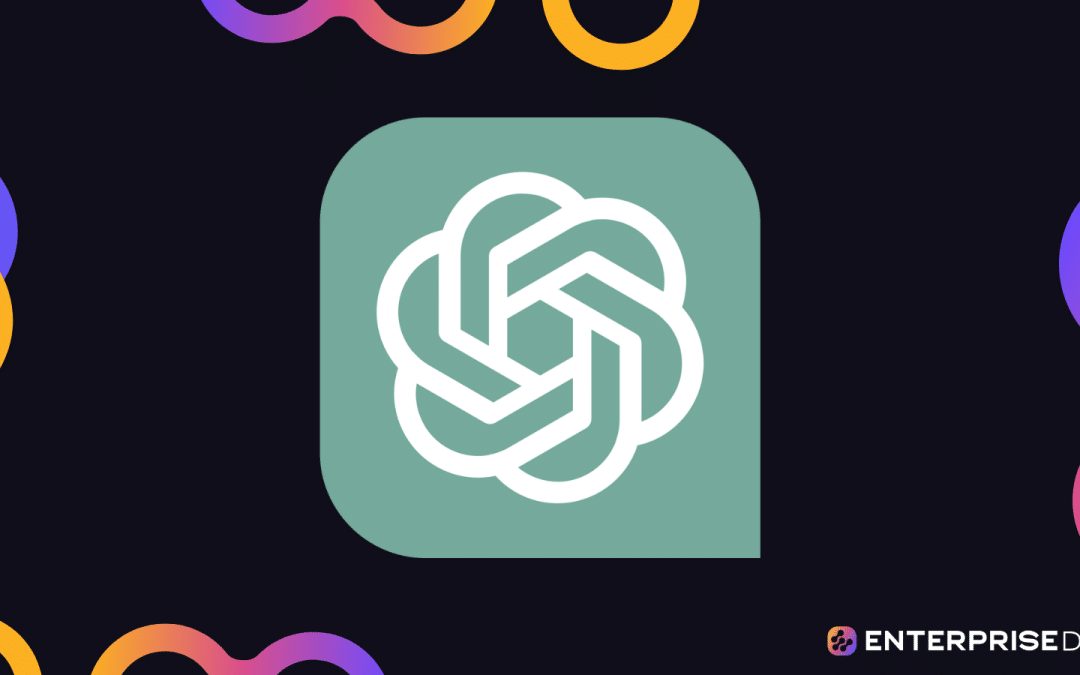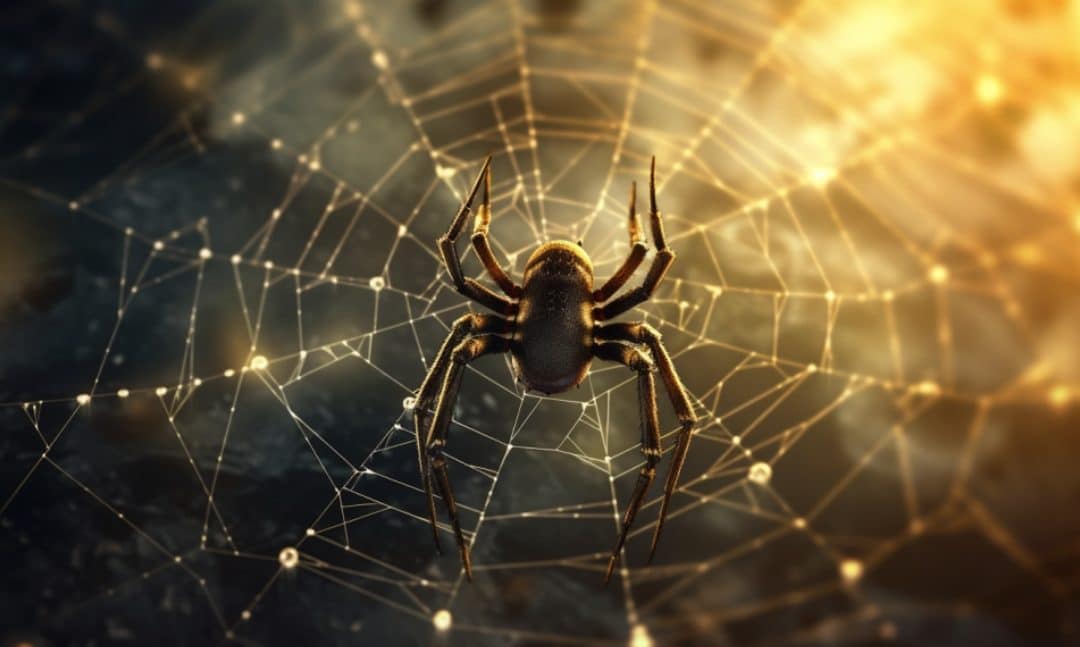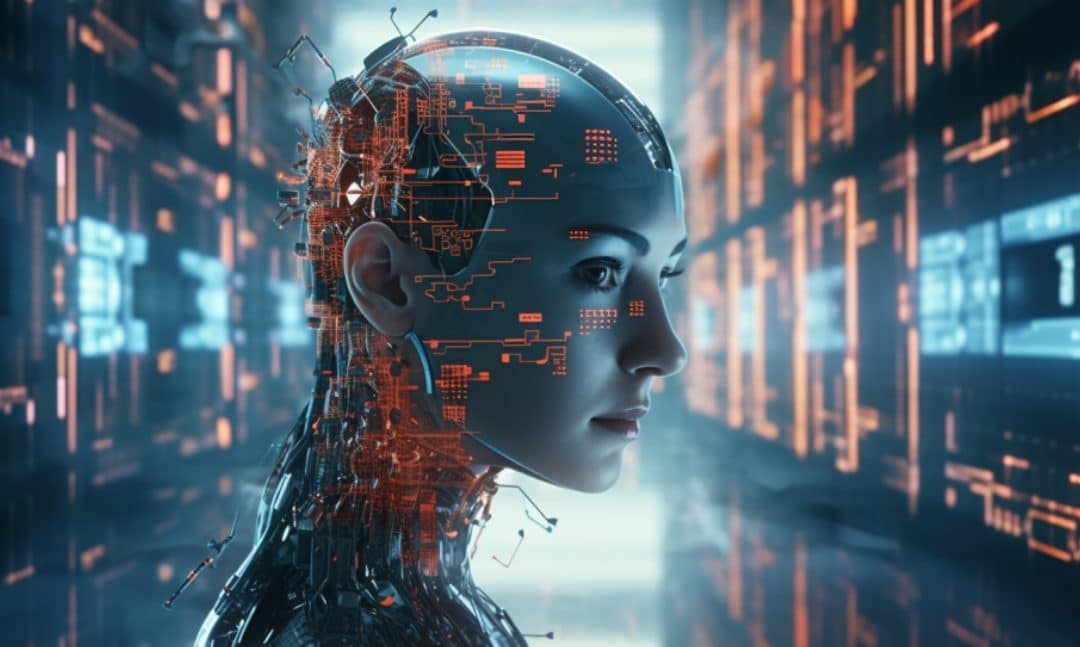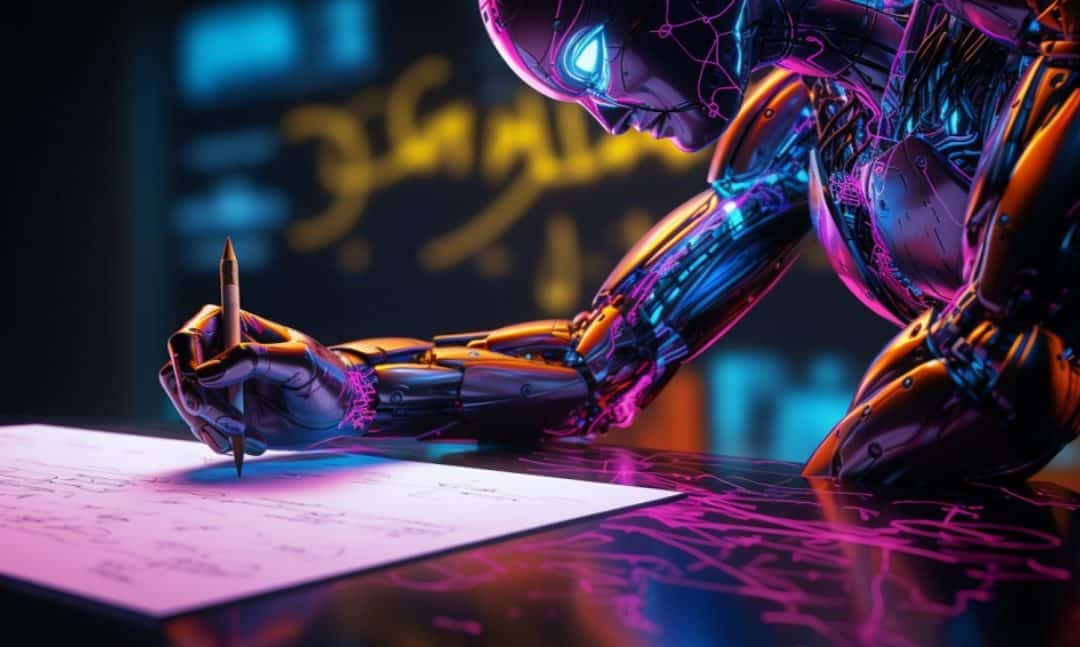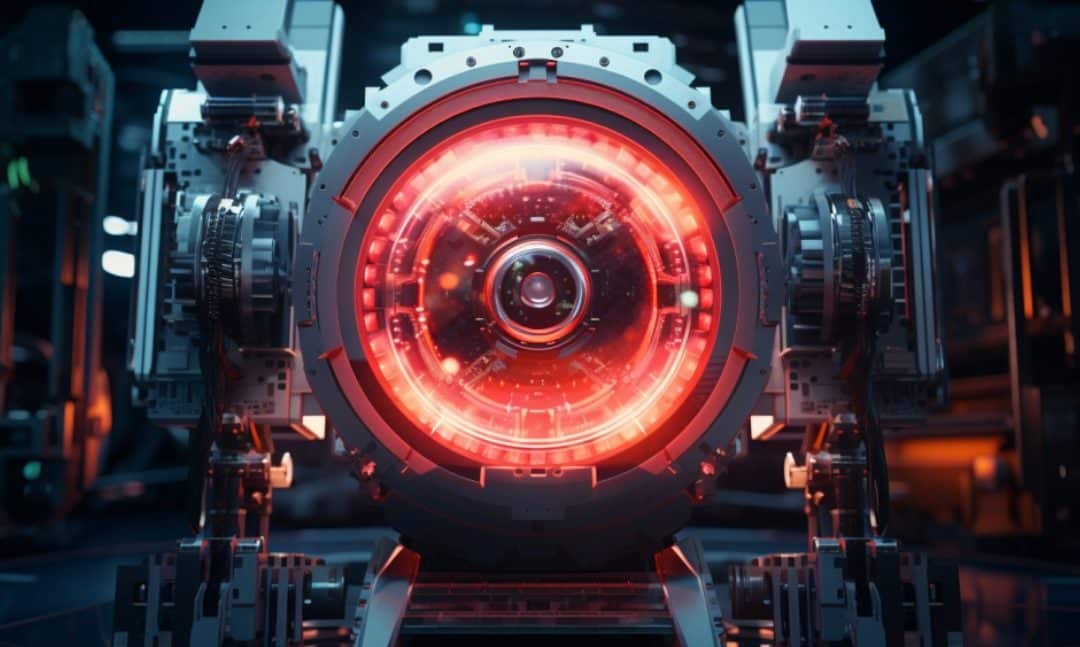If you pay even a smidgen of attention to the tech world, then you’ve probably heard about ChatGPT, the groundbreaking artificial intelligence (AI) tool that’s capable of seamless, human-like conversations. But who owns Chat GPT?
ChatGPT is a product of OpenAI, a San Francisco-based AI research and deployment company founded by well-known figures, such as Elon Musk, Sam Altman, Peter Thiel, Ilya Sutskever, Jessica Livingston, and Reid Hoffman.
As you explore the world of ChatGPT, it’s important to understand the team and resources behind it. This article will delve into the intricacies of ChatGPT’s ownership, including OpenAI’s corporate structure, funding, and investors.
Let’s get started!
Who Created ChatGPT?

Chat GPT is owned and developed by OpenAI, a leading artificial intelligence research and deployment company based in San Francisco that was launched in December 2015.
No single person owns OpenAI. The company was founded by a collection of notable figures such as:
Sam Altman: A prominent entrepreneur and investor, Sam Altman is the CEO of OpenAI. He was previously the president of the Y Combinator startup accelerator and co-founder of the location-based social networking app, Loopt. He joined as one of the initial board members.
Elon Musk: Say no more, the Co-founder of Tesla, SpaceX, Neuralink, and The Boring Company. While some think Elon Musk owns OpenAI, he was actually one of the initial board members together with Altman. But he actually left the board in 2018.
Greg Brockman: The CTO of OpenAI. Brockman is responsible for leading the organization’s technical vision. He was formerly the CTO of Stripe, a technology company that specializes in online payment processing.
Ilya Sutskever: Chief scientist at OpenAI. Sutskever focuses on advancing AI research and innovation. He is a leading expert in the field of deep learning and has contributed to the development of various neural network architectures and AI models.
John Schulman: Research scientist at OpenAI. Schulman specializes in reinforcement learning and robotics. He has made significant contributions to the development of artificial intelligence models, including the ChatGPT AI language model.
Wojciech Zaremba: Another research scientist at OpenAI, Wojciech Zaremba has played a crucial role in AI research, particularly in the fields of robotics and reinforcement learning. His expertise has been instrumental in shaping the generative pre-trained transformer (GPT) series and other AI projects at OpenAI.
The formation of OpenAI was accompanied by a commitment of $1 billion in funding from its investors that would provide the resources necessary for the firm to pursue its ambitious mission of developing artificial general intelligence (AGI) that benefits all of humanity.
While OpenAI was launched as a non-profit organization, it evolved into a so-called “capped-profit” company in 2019, meaning investor returns will be capped at 100 times the investment.
Furthermore, the AI firm was broken into two entities within the same organization to fit the “capped-profit” model:
OpenAI LP: OpenAI Limited Partnership (LP) is the entity responsible for carrying out AI research and development. It is structured as a partnership that allows for flexible allocation of resources and effective collaboration between researchers, engineers, and other team members.
OpenAI Inc.: OpenAI Inc. is the parent company that serves as the general partner of OpenAI LP. It holds the ultimate decision-making authority within the organization and is responsible for governance, resource allocation, and ensuring that the mission and principles of OpenAI are upheld. Any investor returns beyond the cap will be owned by this entity.
In addition to investments from prominent stakeholders like Reid Hoffman and Peter Theil, OpenAI has received funding from a diverse group of sources, including individual investors, corporations, and government grants.
One of those corporations is tech giant Microsoft, which has invested billions of dollars, leading some people to think it’s the owner of ChatGPT. BUt, we dissect that idea in the next section.
Is ChatGPT Owned by Microsoft?
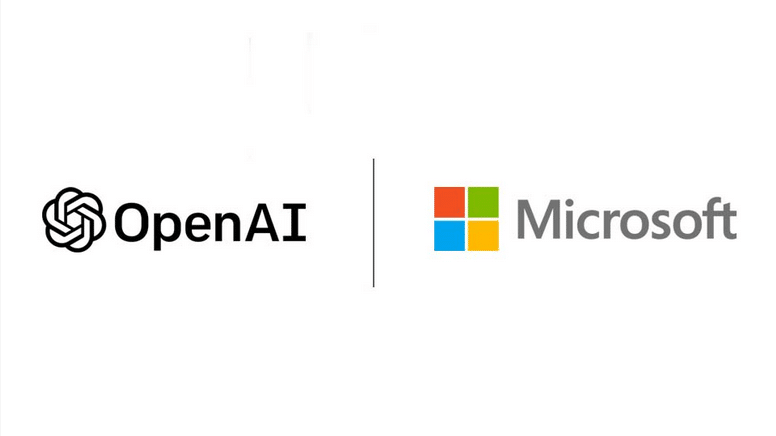
Microsoft has poured a lot of money into OpenAI, including a $1 billion investment in 2019 and another investment in 2021.
In January 2023, OpenAI and Microsoft announced that they were extending the collaboration, with Microsoft investing an additional $10 billion into OpenAI.
The partnership ensures Microsoft’s Azure will remain the only cloud provider for OpenAI, and Microsoft will deploy GPT models across its products as well as introduce new categories of products built on the technology, such as the Azure OpenAI Service.
However, OpenAI remains a separate entity and is not owned by Microsoft, so rumors that the tech giant owns ChatGPT and is effectively controlling OpenAI are false.
But what about Elon Musk? Wasn’t he one of the initial founders? The short answer is no – Elon Musk left OpenAI’s board in 2018. Let’s explain this further.
Ready to Learn ChatGPT Tips, Tricks & Hacks?
Join 43,421+ others on our exclusive ChatGPT mailing list; enter your details below.
[wpforms id=”211279″]
Is ChatGPT Owned by Elon Musk?
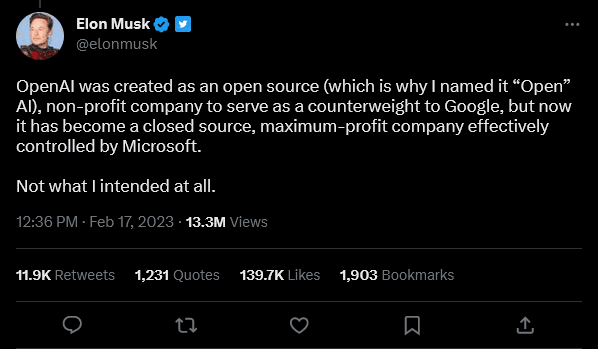
Chat GPT is not owned by Elon Musk. While Musk was one of the co-founders of OpenAI and reportedly provided initial funding to the tune of $100 million, the organization operates independently and is not owned by any single individual.
Musk left the company’s board in 2018. A report by Semafor claims he proposed taking control of OpenAI and running it himself because he believed it was falling behind search engine giant Google.
But, his proposal was shot down by Atlman and the other founders, so he walked away.
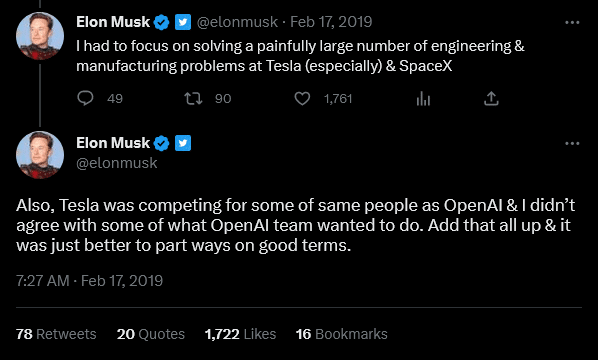
In a 2019 tweet explaining his exit, Elon Musk said he wanted to focus on problems at Tesla and SpaceX and that he parted with the company on “good terms.”
However, Musk changed his tune in February 2023, when he publicly criticized OpenAI for becoming a “closed source, maximum-profit” company that’s in bed with Microsoft.
During an exclusive Fox News interview in April 2023, the billionaire mogul announced that he will launch his own AI platform called “TruthGPT,” a “maximum truth-seeking AI,” to challenge Microsoft and Google’s AI firm and give users a “third option.”
With Elon Musk out, how can you get in? In the next section, we take a look at how you can go about acquiring shares in OpenAI.
Is ChatGPT Publicly Traded?

OpenAI has grown to become one of the top-ranked AI labs in the world and a huge source of buzz in the tech industry, so it’s understandably a desirable investment.
Unfortunately, OpenAI is not a publicly traded company, so direct investments into Chat GPT are currently not possible. The firm hasn’t announced any plans for an initial public offering (IPO).
That said, you could indirectly invest by buying Microsoft stock. As the biggest investor and strategic partner of OpenAI, Microsoft is poised to profit as OpenAI’s sole cloud provider and through the launch of products that use GPT-4 like the Azure OpenAI Service.
Another potential avenue for indirect investment is the semiconductor producer NVIDIA. Training large language models requires powerful graphics processing units (GPU), and as the leading producer of GPUs, NVIDIA’s products are often used for that purpose. Investing in NVIDIA stock is a no-brainer, actually, I wonder if Chat GPT can give is advice on this?
What Is the Valuation of ChatGPT?

OpenAI’s valuation has more than doubled since 2021. Not only did it manage to acquire over one million users in just five days after its launch in November 2022, but it also managed to secure an additional $10 billion in funding from Microsoft.
After Microsoft announced its continued collaboration with OpenAI in January 2023, Semafor reported that OpenAI’s valuation reached $29 billion.
Such a high valuation naturally raises the question: how can businesses and individuals access the AI firm’s technology?
In the next section, we will explore the commercial avAIlability of the ChatGPT AI chatbot so you can decide if it’s a tool that could enhance your business.
Is ChatGPT Open for Commercial Use?

ChatGPT is free to use, including for commercial use, and anyone can make an account on OpenAI’s website to access the chatbot, ask it pretty much whatever they want, and receive responses in human writing.
ChatGPT users can ask it to write poetry, solve coding problems, outline computer programs, or come up with marketing slogans, and the artificial intelligence-based chatbot will respond in mere seconds.
The primary reasons for opening up access to ChatGPT’s large language model are:
Broadening access: OpenAI aims to make artificial intelligence accessible to as many people as possible. By offering free access to Chat GPT, they can promote wider use and foster innovation across various industries and user groups.
User feedback: Allowing free access to Chat GPT enables OpenAI to gather valuable user feedback, helping them identify areas for improvement and fine-tune the model for better performance and user satisfaction.
Community engagement: Free access encourages the community to experiment with the technology and develop unique applications, contributing to the growth of the AI ecosystem.
Chat GPT is unlikely to remain free permanently. Shortly after the official release, OpenAI announced a paid subscription plan, ChatGPT Plus, which costs $20 per month.
The paid version of ChatGPT is similar to the free version but with faster response times, priority access during peak capacity periods, and access to the latest features such as GPT-4.
There has been a lot od excitement and talk about the API, let’s dive into this subject.
How to Access The OpenAI API
As an artificial intelligence deployment company, OpenAI has also released an API for developers who want to integrate its language models into their own products, apps, or services.
With the API, developers can access some key functionalities of ChatGPT, such as:
Text generation: This can generate text based on given input or prompts, creating human-like responses, stories, or any other type of written content.
Text completion: Can complete partially written sentences, paragraphs, or other text formats, helping users to create coherent and contextually relevant content.
Text summarization: Useful to condense lengthy articles, documents, or other text sources into shorter, concise summaries while preserving the key points and context.
Text translation: Can translate text between various languages, facilitating cross-lingual communication and content creation.
Sentiment analysis: Used to analyze the sentiment of a given text, determining if it’s positive, negative, or neutral. This is useful for understanding user reviews, feedback, or social media comments.
Question answering: Very useful provide answers to user queries by extracting relevant information from large bodies of text or datasets.
Conversational AI: Used to build chatbots, virtual assistants, or other conversational agents that engage users in human-like interactions.
Natural Language Processing (NLP) tasks: Execution of NLP tasks like named entity recognition, part-of-speech tagging, and coreference resolution, which can be useful for text processing and analysis.
Code generation: Can generate code snippets based on given requirements or prompts, assisting developers in their programming tasks.
Creative applications: used for more creative tasks like generating poetry, song lyrics, or even screenplays.
Visit OpenAI’s website to learn more about the API, pricing, and how to obtain an API key.
Next, let’s look to the future and some things you can expect from GPT models as the technology continues to become refined.
Ready to Learn ChatGPT Tips, Tricks & Hacks?
Join 43,428+ others on our exclusive ChatGPT mailing list; enter your details below.
[wpforms id=”211279″]
Future of ChatGPT: 5 Improvements You Can Expect
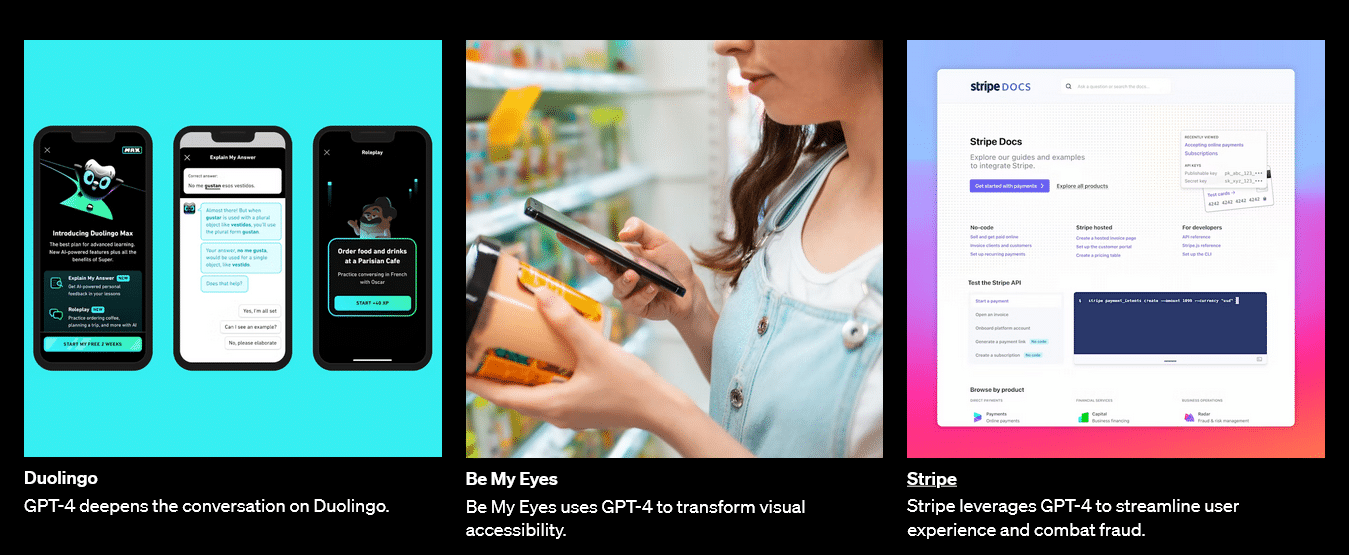
AI chatbots like ChatGPT are the future. Already, companies like Duolingo, Stripe, and more are working with OpenAI to integrate GPT models into their products.
Its large language models are only going to become more powerful as they continue to be refined and fine-tuned by OpenAI researchers.
By knowing some future expectations for large language models, individuals, policymakers, and corporations can better prepare to deal with their impact.
Here are five things that may emerge as the technology evolves.
1. Improved Understanding and Context
Future GPT models may have a better grasp of context, allowing them to generate more coherent and contextually relevant responses. This improvement could enhance the model’s ability to maintain long conversations and understand complex inputs more accurately.
2. Enhanced Multilingual Support
We may see improved multilingual capabilities in future GPT models, enabling more seamless and accurate translations, as well as better understanding and generation of text in a wider range of languages and dialects.
3. Domain-Specific Expertise
Future GPT models might offer the ability to fine-tune or adapt the AI for specific domains or industries, providing more accurate and relevant information for specialized use cases, such as medical, legal, or technical advice.
4. Real-Time Interaction
As hardware and software optimizations progress, we may see GPT models capable of providing real-time or near-real-time responses, making them more suitable for interactive applications such as customer support, virtual assistants, or real-time translation services.
5. Enhanced Safety and Ethical Considerations
Future large language models are likely to be designed with more robust safety and ethical measures to prevent the generation of harmful, biased, or offensive content. Researchers may develop new techniques for mitigating these risks, which could lead to artificial intelligence models that are more responsible and aligned with human values.
While these advancements are anticipated, it’s essential to recognize that the development of AI technology can be unpredictable. New breakthroughs and challenges may emerge, shaping the future of large language models in unforeseen ways.
Final Thoughts on Chat GPT
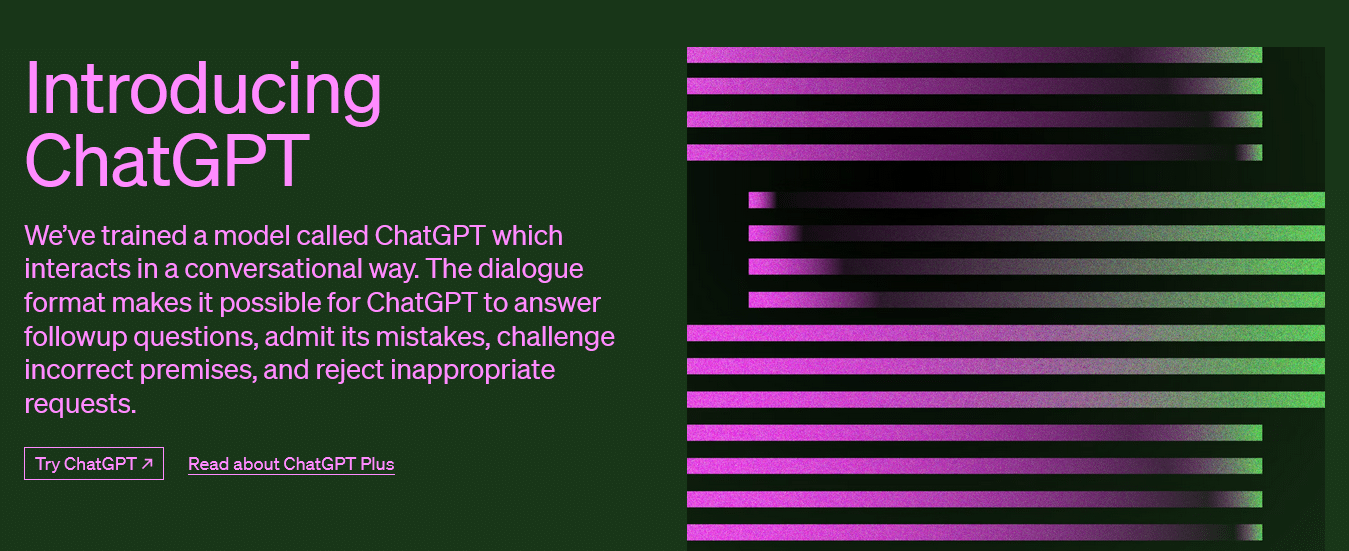
OpenAI is the brains behind Chat GPT and is responsible for its research, development, and deployment. The AI deployment company’s mission is to ensure that artificial general intelligence (AGI) benefits humanity.
Our Final Say
So, who actually owns OpenAI? No single person owns the AI firm’s technology. OpenAI’s board features a diverse list of entrepreneurs, experts, and venture capitalists, including notable figures like Sam Altman, Greg Brockman, Ilya Sutskever, and others.
While Elon Musk played a role in the formation of OpenAI back in 2015, he is no longer involved with the company today. Elon Musk has publicly criticized OpenAI for becoming a for-profit corporation, and he may soon launch a ChatGPT competitor to rival OpenAI and Google’s AI firm.
The tech giant Microsoft is by far OpenAI’s biggest investor after it announced an additional $10 billion investment in January 2023, greatly boosting the company’s valuation. However, Microsoft doesn’t own OpenAI.
By providing access to ChatGPT and its API and encouraging collaboration within the developer community and broader tech industry, OpenAI aims to democratize the technology while maintaining ethical considerations and fostering responsible use.
ChatGPT is a testament to the collaborative efforts of OpenAI and its diverse stakeholders, highlighting the power of collective innovation in shaping the future of artificial intelligence.
To learn more about using AI in your life and business, check out our latest video below.







